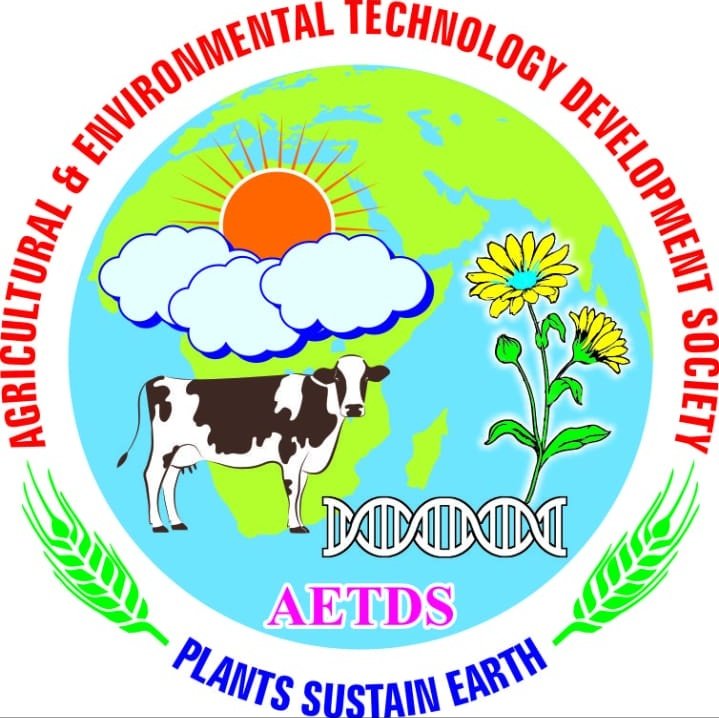
Secretary
Agricultural & Environmental Technology Development Society
Copyrights © 2024 All Rights Reserved. Powered by AEDTS

International Journal of Agricultural and Applied Sciences, June 2024, 5(1): 52-67
https://quality2code.com/ijaas
ISSN: 2582-8053
https://doi.org/10.52804/ijaas2024.519

Review Article
Harnessing the Power of Microflora Diversity: Exploring Alternative Solutions to Phosphorus Scarcity in the Soil-Plant System
Sheetanshu Gupta1, Dhirendra Kumar2, Milind D. Joshi3, Santosh Marahatta4, Aakriti Tamrakar5, Kumari Sunita6, Anoop G Zacharia7 and Wajid Hasan8*
1College of Basic Science and Humanities, G.B.P.U.A & T, Pantanagar, UK, India.
2Department of Botany, Chaudhary Bansi Lal University Bhiwani, Haryana, India.
3Plant Protection, Agricultural Development Trust’s Krishi Vigyan Kendra, Baramati, Maharashtra, India.
4Department of Agronomy, Faculty of Agriculture, Agriculture and Forestry University (AFU), Chitwan, Nepal
5Guru Ghasidas vishwavidyalaya, Bilaspur, Chhattisgarh, India.
6Department of Botany, Deen Dayal Upadhyaya Gorakhpur University Gorakhpur, India.
7Tamilnadu Agricultural University, Coimbatore, India.
8*Krishi Vigyan Kendra, Jehanabad, Bihar Agriculture University, Bihar, India
*Corresponding author e-mail: entowajid@gmail.com
(Received: 29/02/2024; Revised: 28/04/2024; Accepted: 15/05/2024; Published: 20/06/2024)
ABSTRACT
Phosphorus (P) scarcity poses a significant challenge to sustainable agriculture, impacting plant growth and crop productivity. While arbuscular mycorrhizal (AM) fungi have been extensively studied for their role in enhancing phosphorus acquisition, this review explores the potential of diverse microflora as alternative solutions. The diverse microflora groups, including rhizobacteria, actinomycetes, and cyanobacteria, contribute to phosphorus availability through various mechanisms. These microfloras produce organic acids, enzymes, and chelators that enhance phosphorus solubility and mineralization, facilitating nutrient cycling. Moreover, they promote root growth, nutrient uptake efficiency, and plant growth through the production of growth-promoting substances. Unravelling the molecular interactions between microflora and plants has provided insights into signalling pathways and genetic mechanisms governing the symbiotic association. Harnessing the power of diverse microflora offers potential benefits, including reduced reliance on chemical fertilizers, improved nutrient use efficiency, and environmental sustainability. Future research directions involve exploring unexplored microflora groups, manipulating microbial communities, and integrating microflora-based strategies with precision agriculture technologies. This review highlights the significance of diverse microflora as alternative solutions to address phosphorus scarcity and advance sustainable agricultural practices.
Keywords: Phosphorus scarcity, microflora, alternative solutions, nutrient cycling, sustainable agriculture.